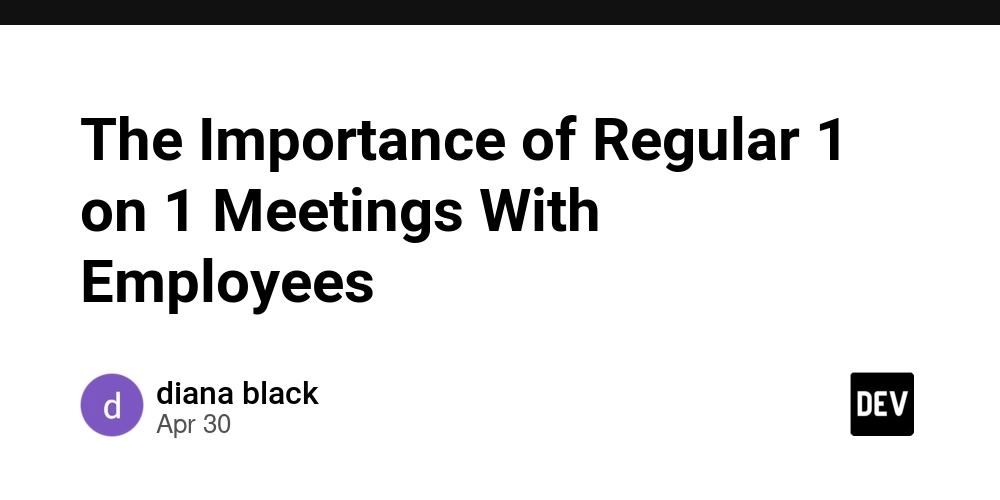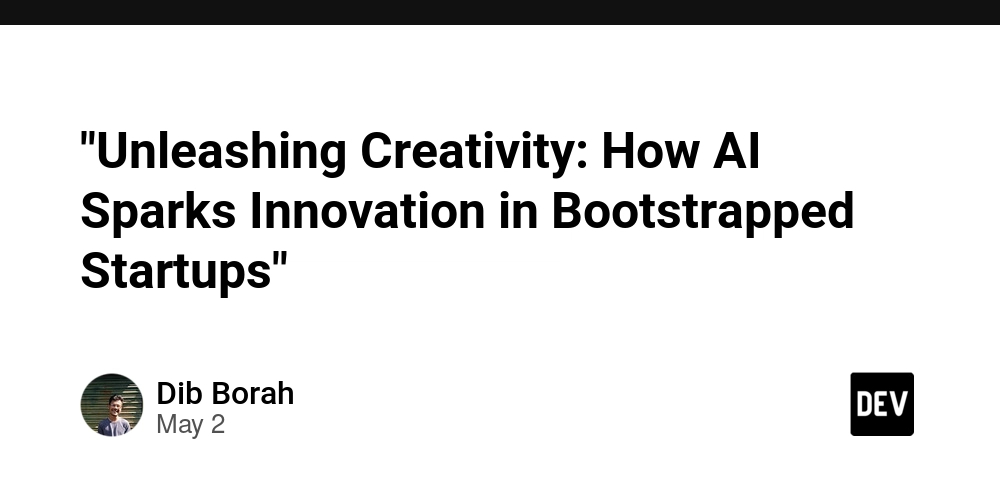Comprehensive Analysis: AlgorithmPress DADS Stack vs. Existing Web Technologies
Introduction to the DADS Stack The Decentralized API Database System (DADS) stack powers AlgorithmPress and represents a fundamental paradigm shift in web application development. Unlike traditional stacks that maintain the client-server dichotomy, DADS reimagines the entire web architecture by moving server-side execution to the browser while introducing decentralized storage options. This analysis compares DADS with existing web technologies to highlight its unique position in the development ecosystem. Core Architecture and Components of DADS The Five Pillars of DADS Decentralized Storage Content addressing: Data identified by cryptographic hash Distributed data storage across network nodes Cubbit integration for enterprise-grade reliability Versioned data structures for content history Content-addressed storage with IPFS-compatible addressing API Middleware RESTful interface with consistent API patterns GraphQL support for complex data requirements Built-in authentication framework Rate limiting and caching optimizations Abstraction layer over decentralized storage Database System Hybrid hierarchical document store Relationship modeling without rigid schemas Query engine optimized for distributed data ACID-compliant transaction support despite decentralization Schema-flexible storage PHP-WASM Engine WebAssembly compilation of PHP interpreter Virtual file system for PHP operations Core PHP extensions available in browser Memory-efficient execution rivaling server-side processing Full PHP execution environment in the browser Nue.js Frontend HTML-first development approach Component-based architecture with HTML syntax Minimal JavaScript for optimal performance Reactive components without complex state management Progressive enhancement (functions with JavaScript disabled) Key Architectural Principles Browser-Native Execution: Computing shifted from servers to browsers via WebAssembly Component-Based Design: Self-contained, reusable components with standardized interfaces Progressive Decentralization: Hybrid deployment support with gradual transition paths Security by Design: Content integrity verification and reduced attack surface Detailed Comparisons with Major Web Stacks DADS vs. LAMP/LEMP Stack Feature DADS (AlgorithmPress) LAMP/LEMP Server Requirements None (client-side execution) Linux OS, Apache/Nginx, MySQL, PHP Execution Model PHP-WASM in browser Server-side PHP processing Storage System Decentralized + Local options Centralized MySQL/MariaDB Development Environment Browser-based IDE Code editor + Local server Deployment Single HTML file Multiple server components Performance Profile Fast initial load, no server round-trips Server-dependent, caching required Scaling Approach Client resources + Decentralization Vertical/Horizontal server scaling Maintenance Requirements Minimal (no server updates) High (OS, web server, DB updates) Resource Utilization 20-50MB browser memory 30-500MB server memory File System Access Virtual file system in browser Direct server file system access Extension System Component marketplace (coming) PHP extensions, server modules Caching Strategy Content-addressed automatic caching Manual configuration, memcached, Redis Security Model Client isolation, reduced attack surface Server hardening, firewall, updates DADS reimagines the entire LAMP stack by: Eliminating the need for Linux OS management Replacing Apache/Nginx with browser runtime Substituting MySQL with decentralized storage Moving PHP execution from server to browser via WebAssembly This transformation dramatically simplifies deployment while preserving PHP compatibility, allowing developers to leverage existing PHP knowledge in a serverless context. DADS vs. MEAN/MERN Stack Feature DADS (AlgorithmPress) MEAN/MERN Core Languages PHP (browser-executed) + JavaScript JavaScript throughout Frontend Framework Nue.js (lightweight) Angular/React Backend None (browser-executed PHP) Node.js + Express Database Decentralized content-addressed storage MongoDB (document database) Environment Boundaries Single environment (browser) Split client/server environments State Management Component-based, isolated Various (Redux, Context API, etc.) API Approach Built-in PHP-based API middleware REST/GraphQL via Express Development Complexity Medium (unified environment) High (multiple environments) Bundle Size Single HTML file (includes runtime) Multiple JS bundles + server code Deployment Process Single file deployment Separate frontend/backend deployment Real-time Capabilities Component-based reactivity WebSockets, Socket.io Browser Compatibility Requires modern browsers with WebAssembly Varies based on transpilation While MEAN/MERN brings JavaScript to both client and server, DADS takes a different approach by: Bringing PHP to the client via WebAs

Introduction to the DADS Stack
The Decentralized API Database System (DADS) stack powers AlgorithmPress and represents a fundamental paradigm shift in web application development. Unlike traditional stacks that maintain the client-server dichotomy, DADS reimagines the entire web architecture by moving server-side execution to the browser while introducing decentralized storage options. This analysis compares DADS with existing web technologies to highlight its unique position in the development ecosystem.
Core Architecture and Components of DADS
The Five Pillars of DADS
-
Decentralized Storage
- Content addressing: Data identified by cryptographic hash
- Distributed data storage across network nodes
- Cubbit integration for enterprise-grade reliability
- Versioned data structures for content history
- Content-addressed storage with IPFS-compatible addressing
-
API Middleware
- RESTful interface with consistent API patterns
- GraphQL support for complex data requirements
- Built-in authentication framework
- Rate limiting and caching optimizations
- Abstraction layer over decentralized storage
-
Database System
- Hybrid hierarchical document store
- Relationship modeling without rigid schemas
- Query engine optimized for distributed data
- ACID-compliant transaction support despite decentralization
- Schema-flexible storage
-
PHP-WASM Engine
- WebAssembly compilation of PHP interpreter
- Virtual file system for PHP operations
- Core PHP extensions available in browser
- Memory-efficient execution rivaling server-side processing
- Full PHP execution environment in the browser
-
Nue.js Frontend
- HTML-first development approach
- Component-based architecture with HTML syntax
- Minimal JavaScript for optimal performance
- Reactive components without complex state management
- Progressive enhancement (functions with JavaScript disabled)
Key Architectural Principles
- Browser-Native Execution: Computing shifted from servers to browsers via WebAssembly
- Component-Based Design: Self-contained, reusable components with standardized interfaces
- Progressive Decentralization: Hybrid deployment support with gradual transition paths
- Security by Design: Content integrity verification and reduced attack surface
Detailed Comparisons with Major Web Stacks
DADS vs. LAMP/LEMP Stack
| Feature | DADS (AlgorithmPress) | LAMP/LEMP |
|---|---|---|
| Server Requirements | None (client-side execution) | Linux OS, Apache/Nginx, MySQL, PHP |
| Execution Model | PHP-WASM in browser | Server-side PHP processing |
| Storage System | Decentralized + Local options | Centralized MySQL/MariaDB |
| Development Environment | Browser-based IDE | Code editor + Local server |
| Deployment | Single HTML file | Multiple server components |
| Performance Profile | Fast initial load, no server round-trips | Server-dependent, caching required |
| Scaling Approach | Client resources + Decentralization | Vertical/Horizontal server scaling |
| Maintenance Requirements | Minimal (no server updates) | High (OS, web server, DB updates) |
| Resource Utilization | 20-50MB browser memory | 30-500MB server memory |
| File System Access | Virtual file system in browser | Direct server file system access |
| Extension System | Component marketplace (coming) | PHP extensions, server modules |
| Caching Strategy | Content-addressed automatic caching | Manual configuration, memcached, Redis |
| Security Model | Client isolation, reduced attack surface | Server hardening, firewall, updates |
DADS reimagines the entire LAMP stack by:
- Eliminating the need for Linux OS management
- Replacing Apache/Nginx with browser runtime
- Substituting MySQL with decentralized storage
- Moving PHP execution from server to browser via WebAssembly
This transformation dramatically simplifies deployment while preserving PHP compatibility, allowing developers to leverage existing PHP knowledge in a serverless context.
DADS vs. MEAN/MERN Stack
| Feature | DADS (AlgorithmPress) | MEAN/MERN |
|---|---|---|
| Core Languages | PHP (browser-executed) + JavaScript | JavaScript throughout |
| Frontend Framework | Nue.js (lightweight) | Angular/React |
| Backend | None (browser-executed PHP) | Node.js + Express |
| Database | Decentralized content-addressed storage | MongoDB (document database) |
| Environment Boundaries | Single environment (browser) | Split client/server environments |
| State Management | Component-based, isolated | Various (Redux, Context API, etc.) |
| API Approach | Built-in PHP-based API middleware | REST/GraphQL via Express |
| Development Complexity | Medium (unified environment) | High (multiple environments) |
| Bundle Size | Single HTML file (includes runtime) | Multiple JS bundles + server code |
| Deployment Process | Single file deployment | Separate frontend/backend deployment |
| Real-time Capabilities | Component-based reactivity | WebSockets, Socket.io |
| Browser Compatibility | Requires modern browsers with WebAssembly | Varies based on transpilation |
While MEAN/MERN brings JavaScript to both client and server, DADS takes a different approach by:
- Bringing PHP to the client via WebAssembly
- Eliminating the need for Node.js backend
- Providing a unified development environment
- Simplifying deployment to a single file
This approach allows PHP developers to build applications without learning new languages, while still benefiting from modern component architectures.
DADS vs. JAMstack
| Feature | DADS (AlgorithmPress) | JAMstack |
|---|---|---|
| Execution Model | Dynamic PHP execution in browser | Pre-built static files + client-side JS |
| Build Process | None required | Static site generation at build time |
| API Integration | Built-in PHP capabilities | External API consumption |
| Dynamic Functionality | In-browser PHP execution | JavaScript + API calls |
| Content Management | Component-based CMS | Headless CMS integration |
| Storage Model | Decentralized + Local options | Git-based + API-based content |
| Offline Capabilities | Full offline application execution | Limited to cached static content |
| Server Requirements | None (single HTML file) | Static file hosting |
| Development Workflow | Browser-based real-time preview | Build-deploy-test cycle |
| Authentication | In-browser handling | API-based (Auth0, etc.) |
| E-commerce | Component-based (browser-executed) | API-based (Shopify, etc.) |
| Edge Compatibility | Single HTML file deployable anywhere | CDN-optimized static assets |
DADS differs fundamentally from JAMstack by:
- Supporting dynamic execution without APIs
- Eliminating build steps and static generation
- Enabling full application functionality offline
- Providing built-in storage without external dependencies
This creates a more self-contained approach compared to JAMstack's reliance on external services.
DADS vs. MACH Architecture
| Feature | DADS (AlgorithmPress) | MACH Architecture |
|---|---|---|
| Core Philosophy | Browser-native execution + Decentralization | API-first, Cloud-native, Headless |
| Composable Units | Browser components with PHP | Microservices with APIs |
| Headless Approach | Component-based with built-in view layer | Completely decoupled frontend/backend |
| Cloud Dependency | None (client-executed) | Cloud-native, requires hosting |
| API Strategy | Built-in PHP API middleware | Multiple microservice APIs |
| Deployment Model | Single HTML file | Multiple services, containers |
| Scaling Model | Client resources + Decentralization | Horizontal microservice scaling |
| Development Teams | Unified (single environment) | Often separated by service |
| Update Process | Component-level updates | Independent service updates |
| Storage Philosophy | Content-addressed decentralization | Typically service-specific databases |
| Frontend Flexibility | Nue.js with component model | Any frontend consuming APIs |
| Vendor Lock-in | Minimal (self-contained) | Potential with cloud services |
While MACH focuses on decomposing the backend into microservices, DADS takes a more radical approach by:
- Eliminating the backend entirely
- Moving business logic to the browser
- Simplifying deployment to a single file
- Unifying the development environment
This creates a fundamentally different architectural approach while still providing composable, modular systems.
DADS vs. Serverless Architecture
| Feature | DADS (AlgorithmPress) | Serverless Architecture |
|---|---|---|
| Execution Environment | Browser (client device) | Cloud provider infrastructure |
| Compute Model | Client resources (WebAssembly) | Function-as-a-Service (FaaS) |
| Cold Start | None (immediate execution) | Variable delay for function initialization |
| State Management | In-browser + Decentralized storage | Typically stateless with external storage |
| Development Environment | Browser-based unified IDE | Local emulation + cloud deployment |
| Cost Model | Zero backend costs | Pay-per-execution model |
| Resource Limits | Browser memory/CPU constraints | Cloud provider function limits |
| Offline Capability | Full offline functionality | Requires internet connectivity |
| Scaling Mechanics | Distributed across client devices | Automatic cloud provider scaling |
| Vendor Dependencies | None | Cloud provider lock-in |
| Deployment Unit | Single HTML file | Multiple function deployments |
| Log/Debug Access | Browser-based tools | Cloud provider logging services |
While serverless eliminates server management, it still requires cloud infrastructure. DADS goes further by:
- Running code on client devices instead of cloud functions
- Enabling true offline functionality
- Eliminating cloud provider dependencies
- Removing pay-per-use billing concerns
This creates an even more "serverless" approach that doesn't rely on cloud provider infrastructure.
DADS vs. Traditional CMS (WordPress, Drupal)
| Feature | DADS (AlgorithmPress) | Traditional CMS |
|---|---|---|
| Architecture | Component-based | Theme and plugin based |
| Database Requirement | Optional, decentralized | Required, centralized |
| Execution Model | Browser-based PHP via WebAssembly | Server-based PHP |
| Plugin System | Isolated components | Hooks-based plugins |
| Content Structure | Flexible, component-based | Fixed content types + custom fields |
| Template System | Component-based templates | PHP-based theme templates |
| Update Process | Component-level updates | Core + plugin + theme updates |
| Extension Conflicts | Eliminated by component isolation | Common plugin conflicts |
| Security Model | Reduced server attack surface | Server hardening required |
| Performance Optimization | Browser-optimized components | Caching plugins, database optimization |
| Maintenance Overhead | Minimal (no server) | High (updates, security patches) |
| Editor Experience | Component-based visual editor | Block editor (Gutenberg) or similar |
| Media Management | Decentralized + local storage | Centralized file storage |
| Workflow | Custom component-based workflows | Basic or plugin-extended workflows |
DADS reimagines the CMS concept by:
- Moving from plugin architecture to isolated components
- Eliminating database dependency
- Shifting execution from server to browser
- Preventing extension conflicts through isolation
This fundamentally changes how content management systems are built and deployed.
DADS vs. Modern Frontend Frameworks (Vue, Svelte)
| Feature | DADS (AlgorithmPress) | Modern Frontend Frameworks |
|---|---|---|
| Core Language | PHP (browser-executed) + JavaScript | JavaScript/TypeScript |
| Component Model | PHP + Nue.js components | Framework-specific components |
| Backend Integration | Integrated PHP in browser | Requires separate backend |
| Storage Solutions | Built-in decentralized options | Requires external solutions |
| Building Blocks | Full-stack components | UI components needing backend |
| SSR Approach | N/A (client-executed) | Node.js server or build-time |
| Bundle Size | Single HTML file with runtime | Multiple JS bundles |
| Hydration Model | PHP execution in browser | JavaScript re-hydration |
| Development Experience | Unified browser environment | Split frontend/backend |
| API Communication | Built-in PHP processing | Fetch/Axios to external APIs |
| Deployment Complexity | Single file | Multiple parts (frontend + backend) |
DADS differs from modern frontend frameworks by:
- Providing full-stack capabilities in the browser
- Eliminating the need for separate backend services
- Simplifying the development environment
- Enabling PHP use instead of JavaScript-only
This creates a more unified development experience for full-stack applications.
Unique Innovations and Value Propositions of DADS Stack
1. PHP-WASM Execution Engine
The PHP-WASM engine represents a groundbreaking innovation by:
- Compiling the complete PHP interpreter to WebAssembly
- Creating a virtual file system in the browser
- Supporting PHP extensions in browser context
- Enabling server-side language usage without servers
- Maintaining compatibility with the vast PHP ecosystem
This innovation allows developers to leverage PHP skills in a completely new context, bringing a mature server-side language directly to the browser.
2. Single-File Application Deployment
The self-contained deployment model offers unprecedented simplicity:
- Entire application in a single HTML file
- PHP interpreter included via WebAssembly
- All components bundled together
- No server configuration required
- Simplified distribution (email, file sharing, etc.)
- Runs from any static file hosting
This dramatically reduces deployment complexity compared to every other stack, which typically requires multiple components and configuration.
3. Component Isolation Architecture
The component system provides superior isolation:
- Components function independently
- No shared global state or side effects
- Standardized interfaces between components
- Atomic updates at the component level
- Clear boundaries preventing conflicts
This isolation eliminates the plugin conflict issues that plague systems like WordPress while maintaining composability.
4. Decentralized Storage with Unified API
The storage system offers flexibility with consistency:
- Content-addressed storage for integrity
- Distributed data across network nodes
- Local options for development/offline
- Consistent API across storage types
- Automatic replication for resilience
- ACID-compliant operations despite decentralization
This provides the benefits of decentralization without the complexity typically associated with distributed systems.
5. Browser-Native Execution Model
The execution approach fundamentally differs from other stacks:
- Computation occurs on client devices
- No server round-trips for dynamic content
- Consistent execution environment across users
- Reduced attack surface through client isolation
- Full offline capability without compromises
This creates applications that function more like desktop software than traditional web applications, with enhanced resilience and reduced infrastructure dependencies.
6. Development-Production Environment Parity
The unified environment eliminates a major source of bugs:
- Identical development and production environments
- Real-time preview of changes
- No deployment process for testing
- Consistent behavior across environments
- Simplified debugging with browser tools
This solves the "works on my machine" problem that plagues traditional web development.
Challenges and Potential Limitations
1. Performance Considerations
The browser-based execution may face challenges:
- WebAssembly overhead compared to native code
- Client device resource limitations
- Complex applications may strain browser capabilities
- Performance variability across devices
- Memory constraints for large applications
2. Security Model Shift
Moving logic to the client requires rethinking security:
- Business logic potentially visible to users
- Different approach to sensitive operations
- Authentication complexities in client context
- Intellectual property protection challenges
3. Browser Compatibility
Dependency on modern browser features:
- WebAssembly support requirements
- Varying implementation across browsers
- Mobile browser limitations
- Legacy browser incompatibility
- Performance variation across browsers
4. Enterprise Integration
Challenges for enterprise adoption:
- Integration with existing backend systems
- Compliance with regulatory requirements
- Authentication with enterprise systems
- Data sovereignty considerations
- Performance for enterprise-scale applications
5. Ecosystem Maturity
As a newer approach, ecosystem challenges include:
- Component marketplace still in development
- Fewer established patterns and practices
- Limited community compared to established stacks
- Fewer learning resources and documentation
- Evolving best practices
Future Directions
The AlgorithmPress roadmap indicates significant expansion:
App Ecosystem (Coming in 3 Months)
- Component Marketplace with vetted, compatible components
- Developer Portal with comprehensive documentation
- Component Registry for discovery and versioning
- Revenue Sharing model for component developers
Advanced Capabilities Under Development
- Edge Computing Integration for enhanced performance
- AI-Powered Assistance for content and design
- Federated Identity for decentralized authentication
- Cross-App Communication protocols
- Advanced design tools and templates
DADS vs. Decentralized Applications (dapps)
A common misconception might be equating DADS with blockchain-based decentralized applications (dapps). While there are conceptual similarities in their decentralized nature, they represent fundamentally different approaches:
| Feature | DADS (AlgorithmPress) | Blockchain-based Dapps |
|---|---|---|
| Execution Model | PHP-WASM in browser via WebAssembly | Smart contracts on blockchain networks |
| Primary Focus | Content management and web application development | Financial transactions, tokenization, trustless operations |
| Storage Approach | Optional decentralized storage with traditional application logic | Mandatory on-chain storage for critical data with consensus |
| Development Experience | Familiar PHP syntax in browser-based IDE | Specialized languages (Solidity, etc.) and blockchain tools |
| Blockchain Dependency | No blockchain requirement (though compatible) | Built on blockchain infrastructure |
| Deployment Model | Single HTML file containing entire application | Smart contracts deployed to blockchain networks |
| Consensus Mechanism | Not required (optional decentralized storage) | Required for transaction validation |
| Gas Fees/Transaction Costs | None (client-side execution) | Typically required for operations |
| Immutability | Component-level versioning | Transaction/smart contract immutability |
| Target Use Case | General web applications and content | Trustless applications, financial systems |
DADS is fundamentally about bringing familiar web development paradigms (PHP, components) to a browser-executed environment with optional decentralization. It's not primarily focused on blockchain concepts like tokenization, consensus mechanisms, or trustless operations that define typical dapps.
The PHP-WASM engine represents an innovation entirely outside the typical dapp ecosystem, bringing a server-side language to client-side execution in a way that isn't common in blockchain dapps.
Future Convergence Potential
While currently distinct, DADS could potentially enable dapp-like functionality in the future through:
- Integration with blockchain wallets for authentication
- Component extensions for smart contract interaction
- Decentralized storage compatibility with blockchain systems
- Zero-knowledge proof integration for privacy-preserving applications
- Cross-chain interoperability components
- Web3 API support within the PHP-WASM environment
This would position DADS as a bridge between traditional web development and blockchain-based decentralized applications, offering the best of both worlds: the familiarity and capabilities of PHP with the trustless and decentralized aspects of blockchain technology.
Conclusion: The Paradigm Shift of DADS
The DADS stack represents more than an incremental improvement—it's a fundamental reimagining of web application architecture. While other stacks have innovated within the existing client-server paradigm, DADS breaks this boundary by:
- Eliminating servers from the execution model
- Bringing server-side languages to the client
- Enabling truly decentralized applications
- Simplifying deployment to a single file
- Unifying the development environment
This approach creates compelling advantages for specific use cases, particularly:
- Applications requiring simplified deployment
- Projects needing offline functionality
- Developers seeking reduced infrastructure complexity
- Content-focused sites with component-based needs
- Projects with decentralization requirements
Like any architectural approach, DADS makes tradeoffs that may not suit all applications, particularly those with intensive processing needs, strict security requirements for business logic, or complex backend integrations. However, its innovation in eliminating the traditional client-server dichotomy positions it as a genuinely novel approach in the web development landscape.
The ultimate success of the DADS stack will depend on whether its advantages outweigh its limitations for enough developers and use cases to build critical ecosystem mass, particularly as the promised component marketplace and additional tooling come online in the near future.





































































































































































![[The AI Show Episode 145]: OpenAI Releases o3 and o4-mini, AI Is Causing “Quiet Layoffs,” Executive Order on Youth AI Education & GPT-4o’s Controversial Update](https://www.marketingaiinstitute.com/hubfs/ep%20145%20cover.png)











































































































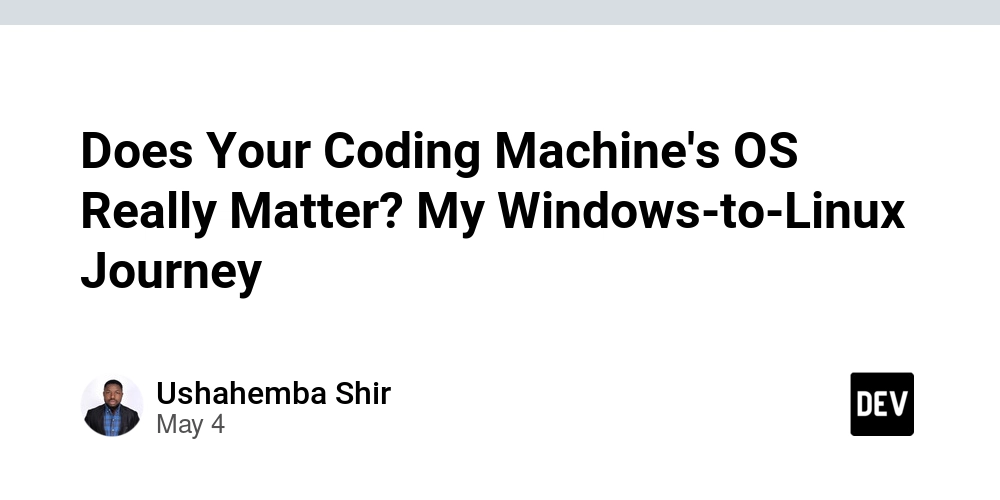
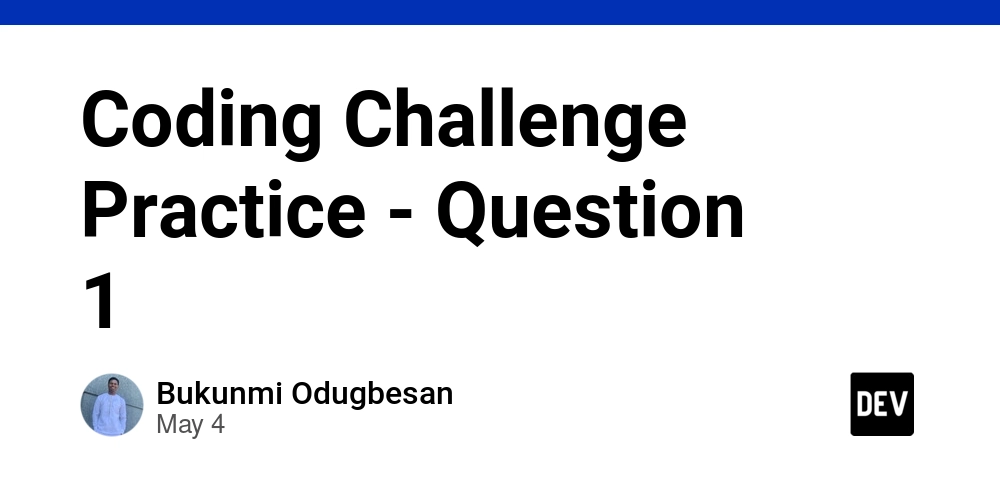
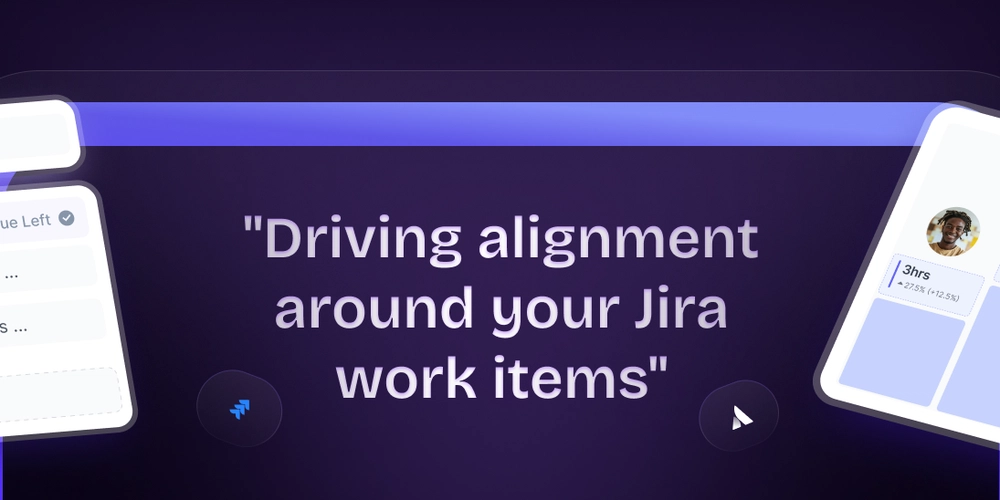














![[DEALS] Microsoft 365: 1-Year Subscription (Family/Up to 6 Users) (23% off) & Other Deals Up To 98% Off – Offers End Soon!](https://www.javacodegeeks.com/wp-content/uploads/2012/12/jcg-logo.jpg)




![From Art School Drop-out to Microsoft Engineer with Shashi Lo [Podcast #170]](https://cdn.hashnode.com/res/hashnode/image/upload/v1746203291209/439bf16b-c820-4fe8-b69e-94d80533b2df.png?#)




















![Re-designing a Git/development workflow with best practices [closed]](https://i.postimg.cc/tRvBYcrt/branching-example.jpg)




















































































(1).jpg?#)

















![The Material 3 Expressive redesign of Google Clock leaks out [Gallery]](https://i0.wp.com/9to5google.com/wp-content/uploads/sites/4/2024/03/Google-Clock-v2.jpg?resize=1200%2C628&quality=82&strip=all&ssl=1)












_Inge_Johnsson-Alamy.jpg?width=1280&auto=webp&quality=80&disable=upscale#)







































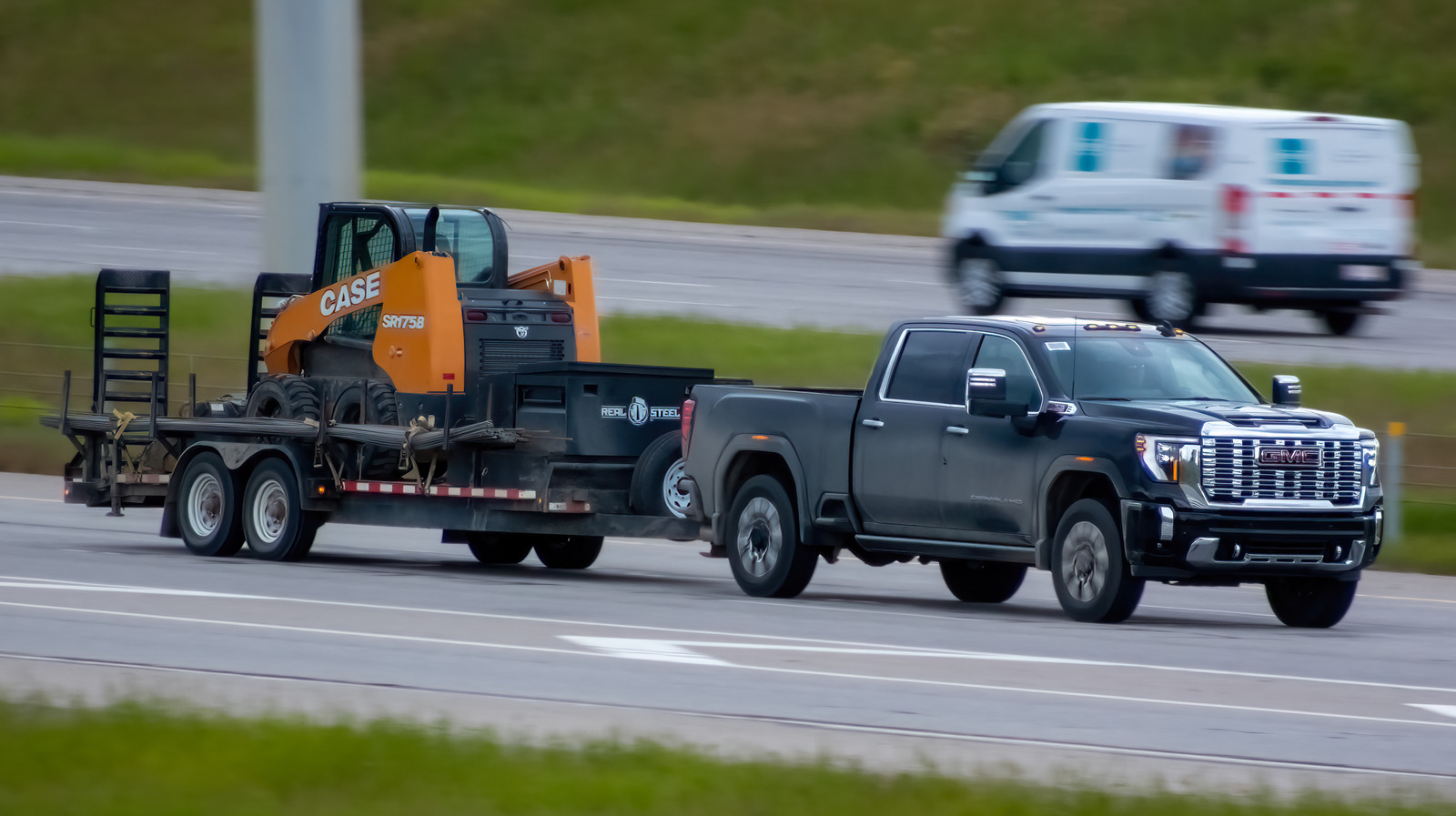
























































![What Google Messages features are rolling out [May 2025]](https://i0.wp.com/9to5google.com/wp-content/uploads/sites/4/2023/12/google-messages-name-cover.png?resize=1200%2C628&quality=82&strip=all&ssl=1)














![New Apple iPad mini 7 On Sale for $399! [Lowest Price Ever]](https://www.iclarified.com/images/news/96096/96096/96096-640.jpg)
![Apple to Split iPhone Launches Across Fall and Spring in Major Shakeup [Report]](https://www.iclarified.com/images/news/97211/97211/97211-640.jpg)
![Apple to Move Camera to Top Left, Hide Face ID Under Display in iPhone 18 Pro Redesign [Report]](https://www.iclarified.com/images/news/97212/97212/97212-640.jpg)
![Apple Developing Battery Case for iPhone 17 Air Amid Battery Life Concerns [Report]](https://www.iclarified.com/images/news/97208/97208/97208-640.jpg)

































































































